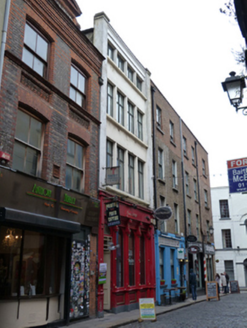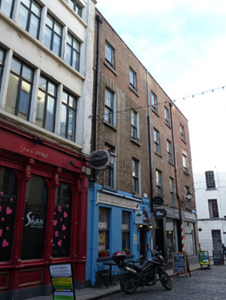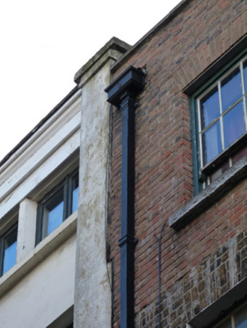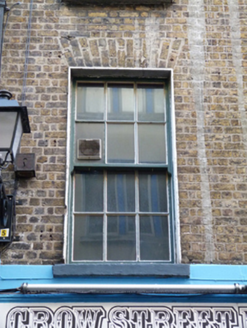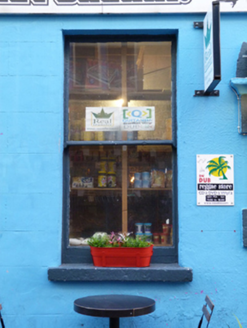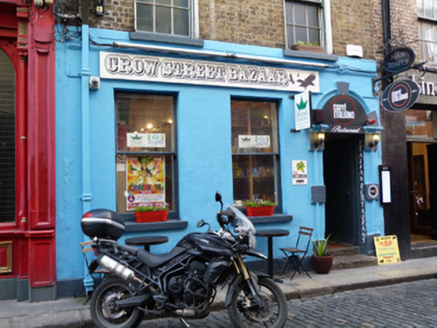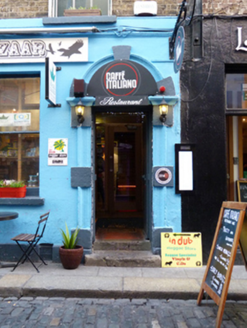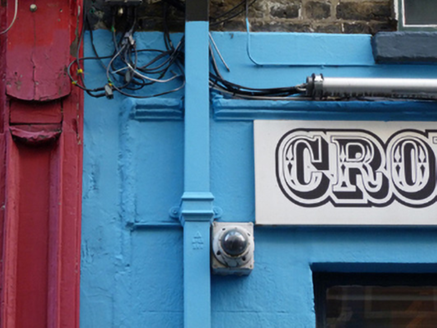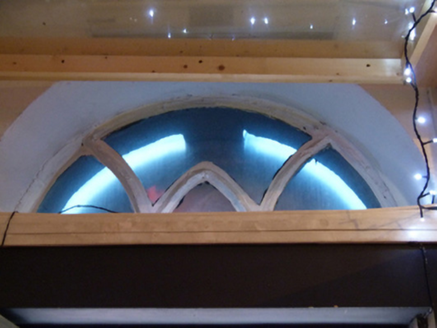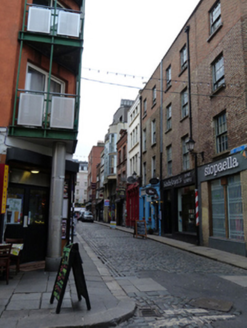Survey Data
Reg No
50020138
Rating
Regional
Categories of Special Interest
Architectural, Artistic, Social
Previous Name
Webb and Co. Merchants
Original Use
House
In Use As
Shop/retail outlet
Date
1750 - 1770
Coordinates
315676, 234114
Date Recorded
17/02/2015
Date Updated
--/--/--
Description
Terraced two-bay four-storey former house, built c.1760, having shopfront front (east) elevation. Now in use as shop. Flat roof, hidden behind rebuilt red brick parapet with render coping and cast-iron rainwater goods. Red brick, laid in Flemish bond, to walls to upper floors. Lined-and-lined rendered walls having masonry plinth course to ground floor. Square-headed window openings with six-over-six pane and six-over-three pane timber sliding sash windows, raised rendered reveals and granite sills, replaced to third floor. Shopfront comprising moulded render fascia and cornice over square-headed window openings having one-over-one pane timber sliding sash windows with granite sills. Round-headed door opening having carved stone block-and-start surround and fanlight, with timber door. Granite paving to front. Located on west side of Crow Street, between Dame Street and Cecelia Street.
Appraisal
Commercial directories indicate this building was occupied by A. Woods Merchant in 1868 but had been subsumed into the neighbouring ‘Webb & Co. Merchants’ premises by the 1870s. It retains a block-and-start door surround, a form made fashionable by architect James Gibbs (1682-1754) and an early fanlight, suggesting a mid-eighteenth century date. This former house adds to the small collection of eighteenth-century buildings in Temple Bar and helps chart the early architectural development and history of the area. Crow Street was named after William Crowe who held land in the area in the early seventeenth century and built a house called the ‘Crowes Nest’. The street it was laid out in 1731 on land which is shown as undeveloped on Charles Brooking’s map of Dublin dating to 1728. The area was fully developed by the early nineteenth century and became a mixed residential and commercial quarter.
